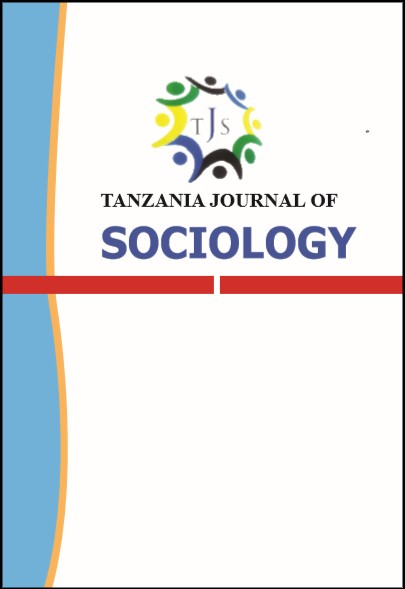Main Article Content
The mechanisms for resolving conflicts within the Moravian Church in southern and southwest in Tanzania
Abstract
Globally, religious conflicts have been occurring because of various reasons over centuries and continue happening up to the twenty first century. The present study focused at the mechanisms used by the church to resolve church conflicts in the Moravian Church Southern and Southwestern Tanzania. The study grounded in two theories: mimetic desire theory and conflict theory. The study adopted a qualitative approach and employed a phenomenological case study research design. Data were collected by using Focus Group Discussion, documentary reviews and in-depth interviews. Thematic and content methods were used in analyzing the qualitative data. Research findings revealed the following as the mechanisms for solving conflicts within the Moravian church: early identification of elements of conflicts, looking beyond of occurrences mark the awareness on church governance, church relations with government, relations with other denominations, education projects, education and its effectiveness and good church succession plan. On the other hand, the study findings revealed other conflict handling styles like securing repentance and agreement, avoidance, competing, compromising, dialogues and counselling as essential mechanism for resolving conflicts within the church. It was recommended the church to prepare the clergy and future leaders on handling conflicts through including leadership and conflict management courses in the curriculum of the Provincial Theological Colleges.







